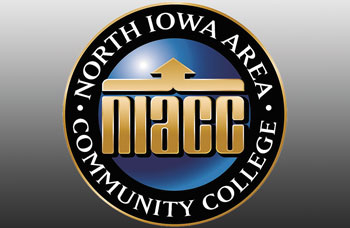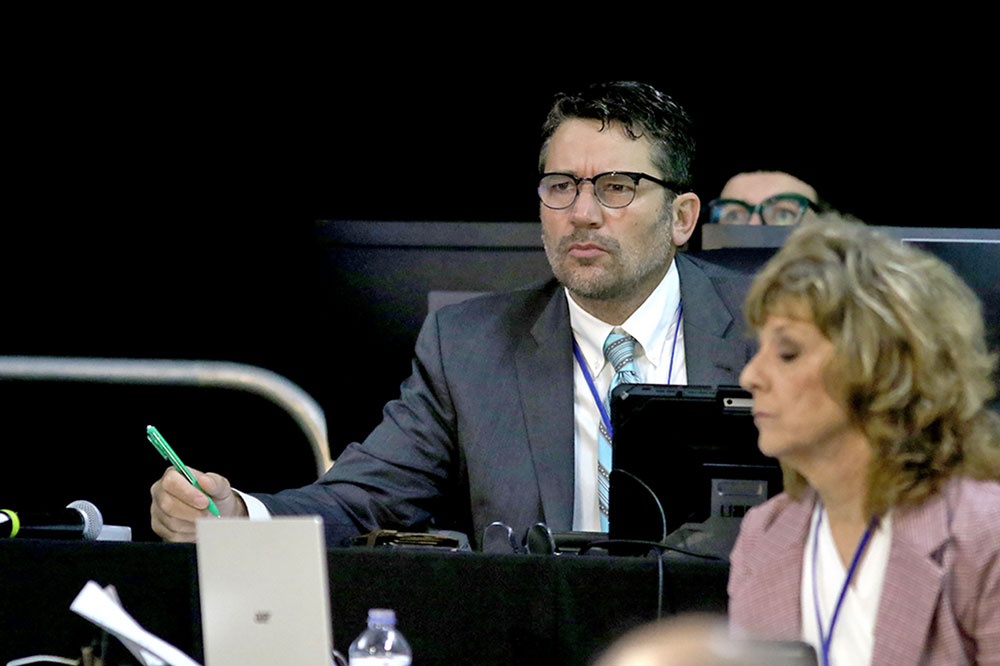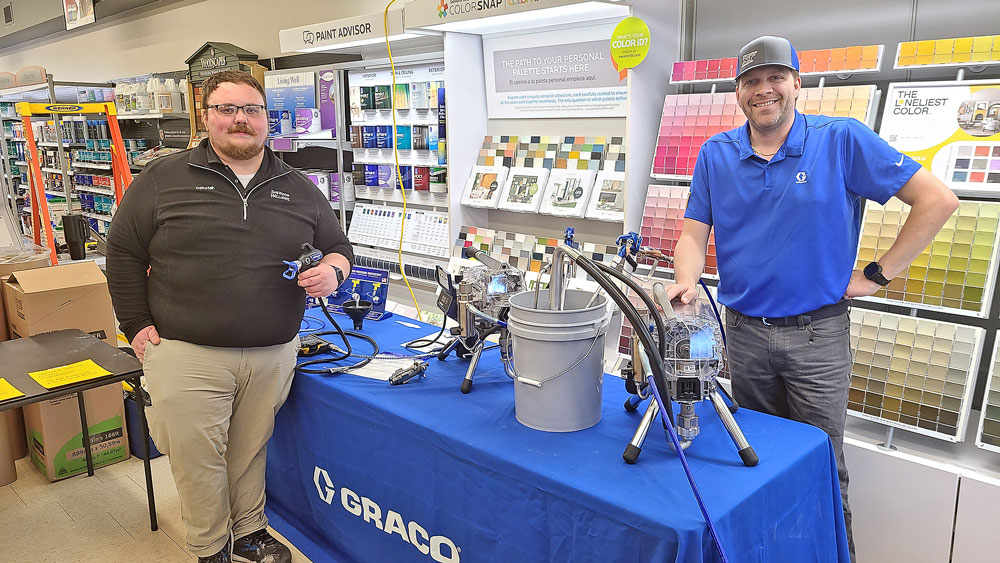Floyd County commission again turns focus to starting new public ambulance service
By Bob Steenson, bsteenson@charlescitypress.com
Charles City and Floyd County are again looking at the possibility of starting a public ambulance company as a way to keep the cost to provide ambulance service under control, although those involved say they realize it’s not something that can be done quickly.
The possibility has come up again because the cost to subsidize AMR ambulance to provide countywide service will more than double starting July 1, going from the current $200,000 per year in the third year of a three-year contract that ends June 30, to $415,000 in the next year beginning July 1. It would continue to increase each year after that.
The Floyd County Ambulance Commission, which is charged with making recommendations to the Charles City Council and Floyd County Board of Supervisors regarding providing for ambulance service in the county, discussed the possibility of creating a new public ambulance service at its meeting this week.
The commission is made up of Floyd County Supervisor Jim Jorgensen, Charles City Council member Keith Starr, Floyd County Medical Center CEO Dawnett Willis, Floyd County Medical Center Emergency Services Director Rachel Conrad, Charles City Police Chief Hugh Anderson, Floyd County Sheriff Jeff Crooks and Charles City Fire Chief Marty Parcher.
Dawn Staudt, the station manager and supervisor of AMR ambulance service in Charles City, is an ex officio (non-voting) member, and Steve Diers, the Charles City city administrator, works with the commission in an advisory capacity.
At the commission meeting, Diers said it wouldn’t be possible to start a new service by the time the current contract ends June 30, so the only option for the immediate future is to continue to subsidize AMR.
“I guess no service is an option,” he said.
Starting their own ambulance service “looks like maybe we could find some stability in an unstable world, but we need to figure out something in the short term,” Diers said.
Supervisor Jorgensen, the chair of the commission, said the group needs to consider which direction they want to go.
“I think everyone agrees we need ambulance service,” he said.
City Council member Starr said he hadn’t been in favor of starting their own service last year when the topic came up as part of the EMS Essential Services tax levy referendum process, based on the AMR subsidy level at that time and what was expected to be a $226,000 subsidy cost in the first year of a new contract.
But when the number from AMR came in at $415,000, Starr said, “it looks more likely.”
The group discussed a new contract with AMR, and Starr said it needs to go at least as long as it would take to start their own service, meaning probably at least two more years, and maybe three years with the option of buying out the third year of the contract if a new public service is ready to take over.
The subsidy cost under the current AMR contract has been split equally between Charles City and Floyd County, although with the recent communication from AMR regarding the new subsidy rate the Floyd County Ambulance Commission has requested that the Floyd County Medical Center consider also helping pay the subsidy.
Members of the Ambulance Commission and Diers made a presentation to the Floyd County Medical Center Board of Trustees at that board’s meeting last week, and although the trustees had a lot of questions and concerns, they seemed inclined to be willing to contribute $100,000 for the next year.
The trustees want the medical center’s chief financial officer to look at a financial statement that AMR is supposed to be providing to Diers before they make a decision, although Diers said at the Ambulance Commission meeting this week that the financial statement may not provide the depth of detail the trustees are looking for.
The Ambulance Commission agreed to form a committee consisting of Starr, Jorgensen and Parcher to gather information including expense and revenue numbers from public ambulance companies that are currently operating, to see how they might compare with the service requirements in Charles City and the rest of Floyd County.
Another effort the group talked about was asking the county Board of Supervisors if it is willing to start the EMS essential services process again, eventually leading to another vote to approve a tax levy to support EMS in the county.
The vote last November, seeking up to $566,000 annually to support a primary ambulance service, as well as giving support to other ambulance services and first responders in the county, failed to garner even a majority of yes votes across the county, much less the 60% support that was required to pass.
With the failure of the EMS levy vote, the county would have to go back to the beginning of the process if supervisors want to go through it again, starting with again declaring EMS to be an essential service in the county.
Jorgensen said he would ask to have the topic be put on a supervisors meeting agenda soon.
The current three-year contract called for a $150,000 subsidy the first year, $175,000 the second year and $200,000 the current year.
The Ambulance Commission had looked at the possibility of starting a public ambulance service last summer when the expectation for the new AMR subsidy under a new contract beginning July 1 had been $226,000, with annual increases continuing after the first year.
Diers, along with Police Chief Anderson and then-Fire Chief Eric Whipple, had gathered numbers on potential costs and possible revenues for a public ambulance that, when laid out in a spreadsheet created by Diers, showed at least the potential of a public ambulance service being able to support itself with support from a county EMS levy.
Although there was talk of using some of the millions of dollars that the county and city had received in COVID relief American Rescue Plan Act (ARPA) dollars for start-up costs, Diers’ spreadsheet had shown the potential that a new public ambulance service could afford to borrow money for start-up costs.
The commission last year put any idea of starting a new public service on hold to focus on passing the EMS levy which, it it had passed, would have guaranteed funds to support AMR subsidies or any other option to provide ambulance service.








Social Share